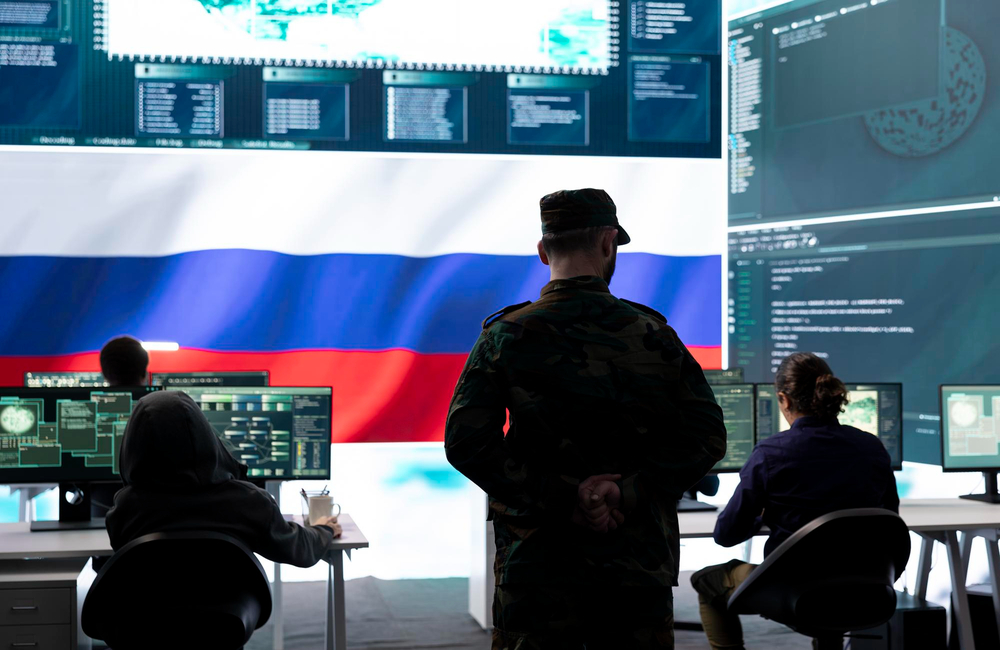The fear of a Russian invasion of Ukraine has already pushed Russian stocks lower, but its effect on global stocks and commodities isn’t what you’d expect. Here’s how a war would impact your portfolio and how it wouldn’t.
Crude math
Oil prices have been surging, though so far it’s difficult to say how much the situation in Ukraine has to do with it. Demand is rising as fears about the omicron virus variant recede while OPEC members are staying to modest incremental production hikes.
If war does break out, it is bound to be reflected in crude prices. The added geopolitical risk premium alongside existing drivers, says strategist Allen Good, could drive crude closer to $100.
“A re-rating of geopolitical risk is possible because of Western sanctions, even if there aren’t any real supply and demand problems which there probably won’t be,” he said.
Western energy stocks
The return of a geopolitical risk premium is positive for global oil producers. Western oil companies have limited exposure to Russian oil output, and few at-risk physical assets.
Meanwhile, sanctions against Russian producers would help European and US firms and especially those most targeting crude oil. US oil giants Chevron (CVX), Exxon (XOM) and ConocoPhillips (COP) will benefit, compared with more diversified European rivals such as Shell (RDSB), BP (BP) or Total (TTE).
Sign up
Can higher oil prices revive Australian energy stocks? The government is promoting Australian LNG as the answer for Europeans worried about Russian gas.
The trade minister, Dan Tehan, said Thursday geopolitical events in Europe could be a “boon” for local exporters. He made the same argument that Australian LNG exporters could satisfy demand from "friends and allies" in Europe.
Rising oil prices are providing a helping hand anyway. The local oil and gas sector has managed to sidestep the declines hitting the wider market, with the S&P/ASX 200 Energy Index rising 1.6% against a 9.9% drop for the benchmark index.
The majors Santos (ASX: STO) and Woodside Petroleum (ASX: WPL) are 5% and 9% higher respectively this year.
Russian equities in the crosshair
This one’s straightforward. Heavy exposure to Western sanctions, and with their physical assets in the cross hairs, stocks close to the conflict have been sliding. Russia’s MOEX stock benchmark has lost 20% since early November, when Russia launched its second troop buildup around the border.
Russia’s banks are among the biggest decliners, and now face the threat of being cut out of global capital markets if relations with Western nations deteriorate. And Russia’s largest bank, Sberbank (SBRCY), has fallen 40% since early November.
Russian energy producers, by comparison, have outperformed the MOEX benchmark as increasing commodity prices outweigh geopolitical risk. Gazprom (OGZPY) and Rosneft (ROSN) share prices are each up about 15% during the period.

























